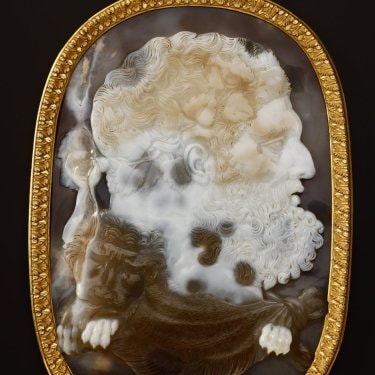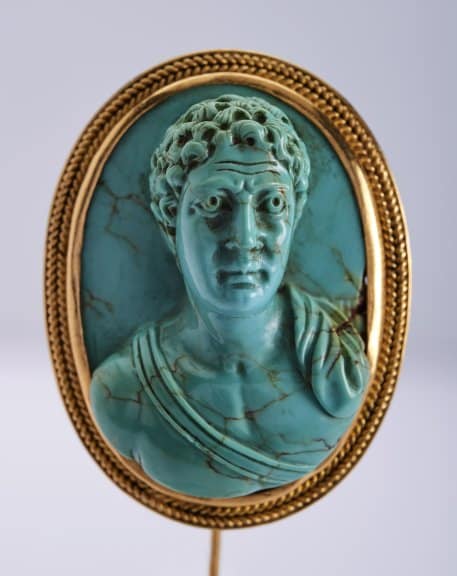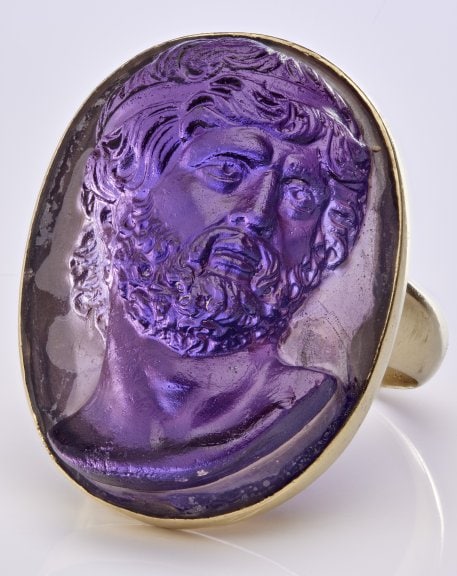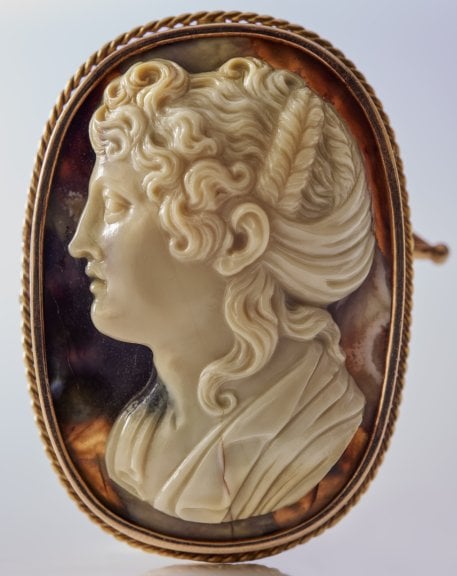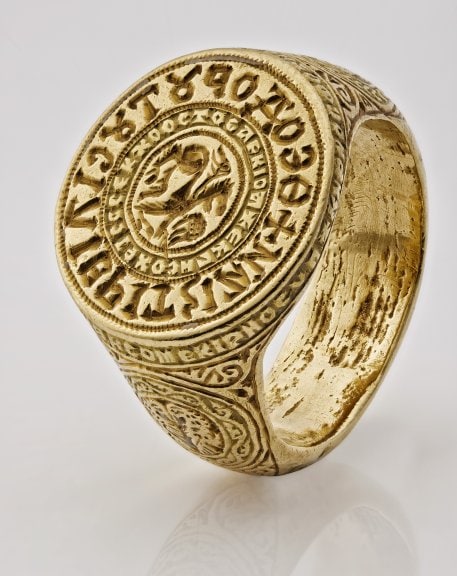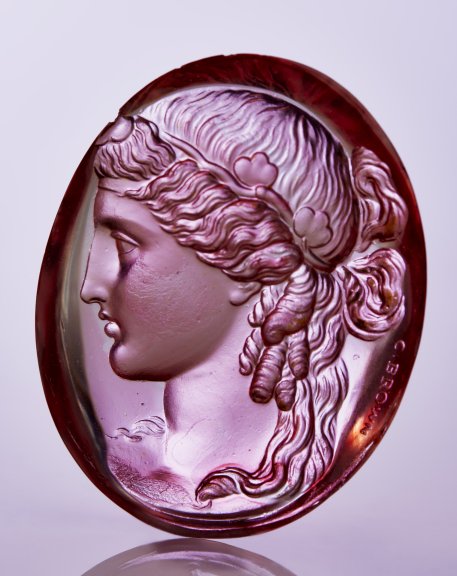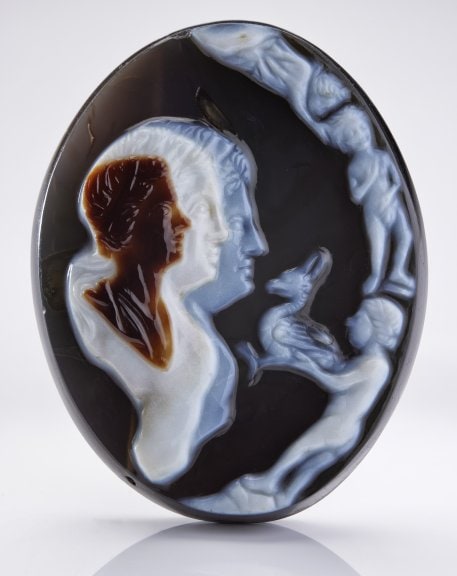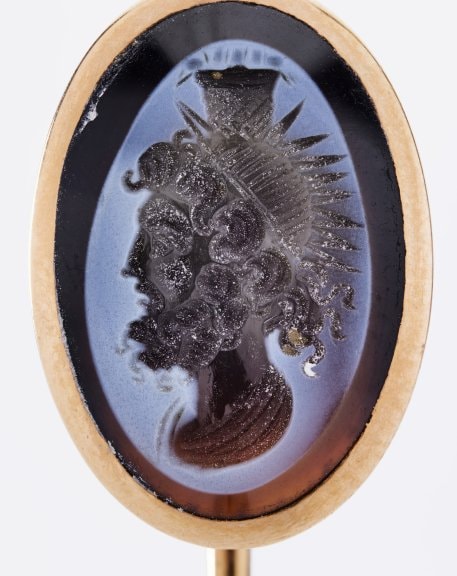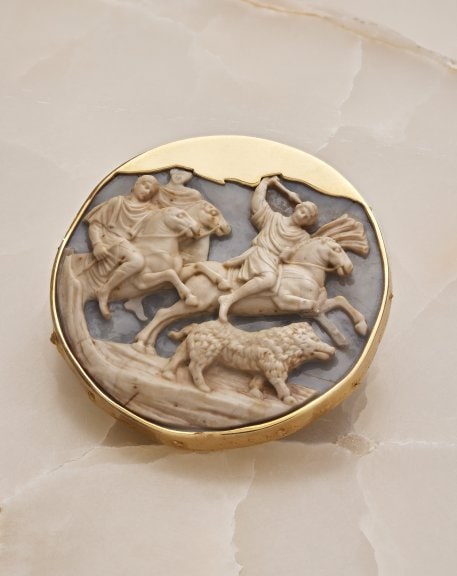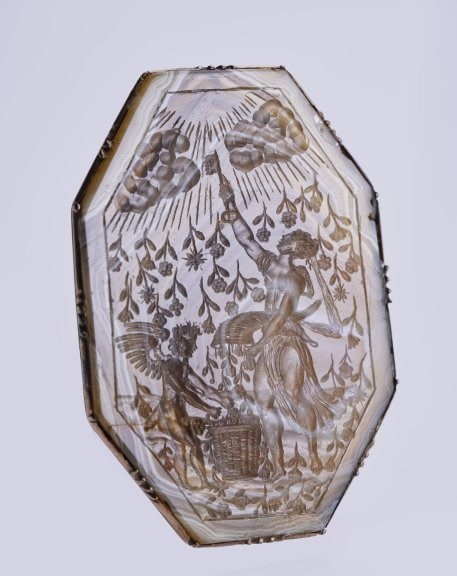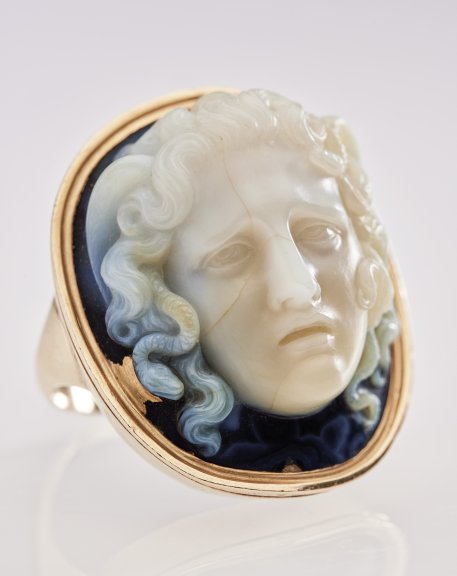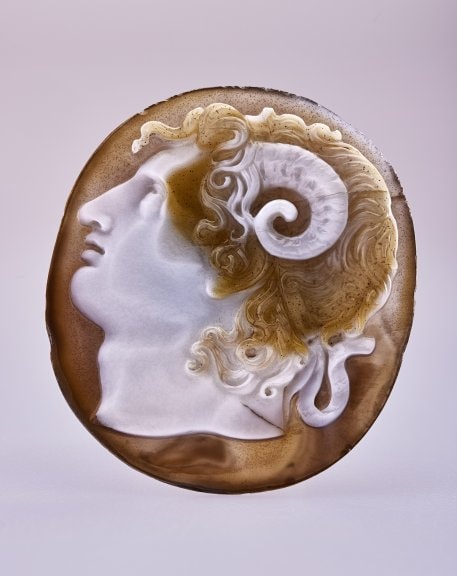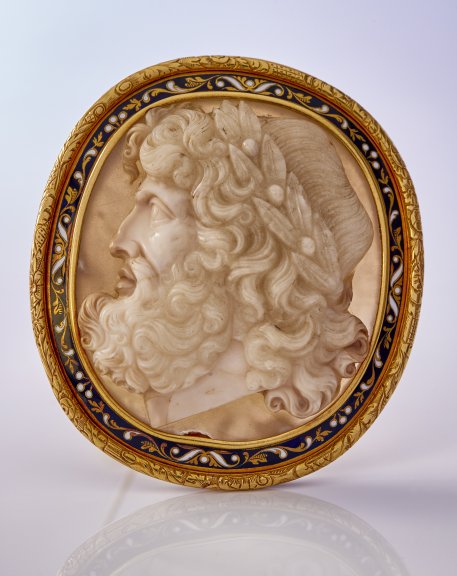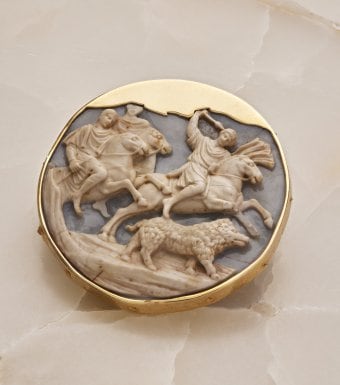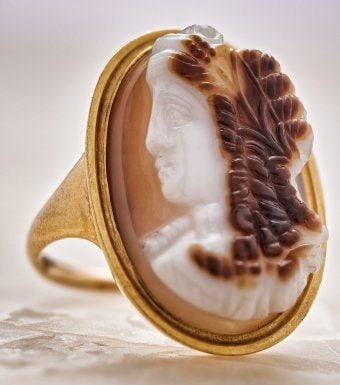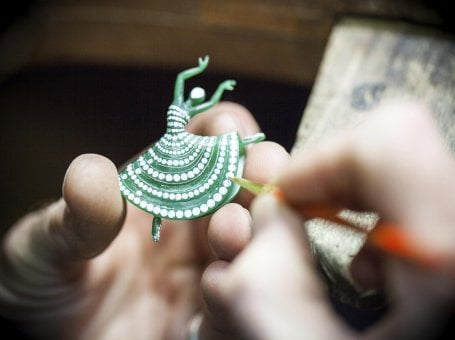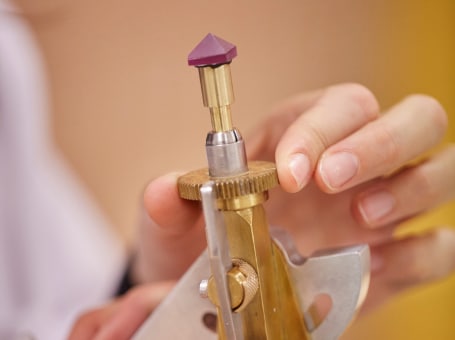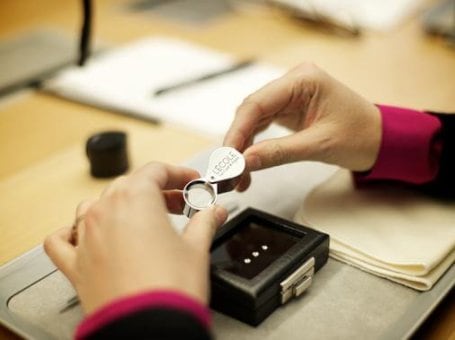Stones engraved in relief or in recess—cameos and intaglios—incarnate the development of miniature engraving. They offer a stunning journey through human and mineralogical history: from the Roman emperor’s seal to amulets worn by ancient warriors to protect themselves on the battlefield, from the engraved gem of the medieval worshiper to the wedding ring, they are both public and intimate, objects for both adornment and collection. Because their mountings often changed and the most famous among them were often copied, engraved gems are especially difficult to date and identify. During every period, they have been objects of fascination. Romans adoring of Greek art, Renaissance artists seeking to revive antique art, travelers during the Grand Tour and neo-classical amateurs of the 19th century—all have passionately studied and collected these stones of memory.
Through the study of the magnificent Guy Ladrière private collection, the public can embark on an introduction to the history of glyptic art next spring at L’ÉCOLE, School of Jewelry Arts in Paris. Approximately two hundred pieces will be on display, ranging from Greek Antiquity to the 19th century, thereby providing a panorama of techniques and styles.
Guy Ladrière, major dealer specialising in first peoples’ and mediaeval art is also a passionate collector. For decades, he has patiently gathered cameos, intaglios and rings according to his very personal taste. The collection he has assembled is not intended to be encyclopaedic: rather, it is the beauty of each object that has guided him in his discoveries. The collection’s wide diversity is a reflection of his great curiosity.
